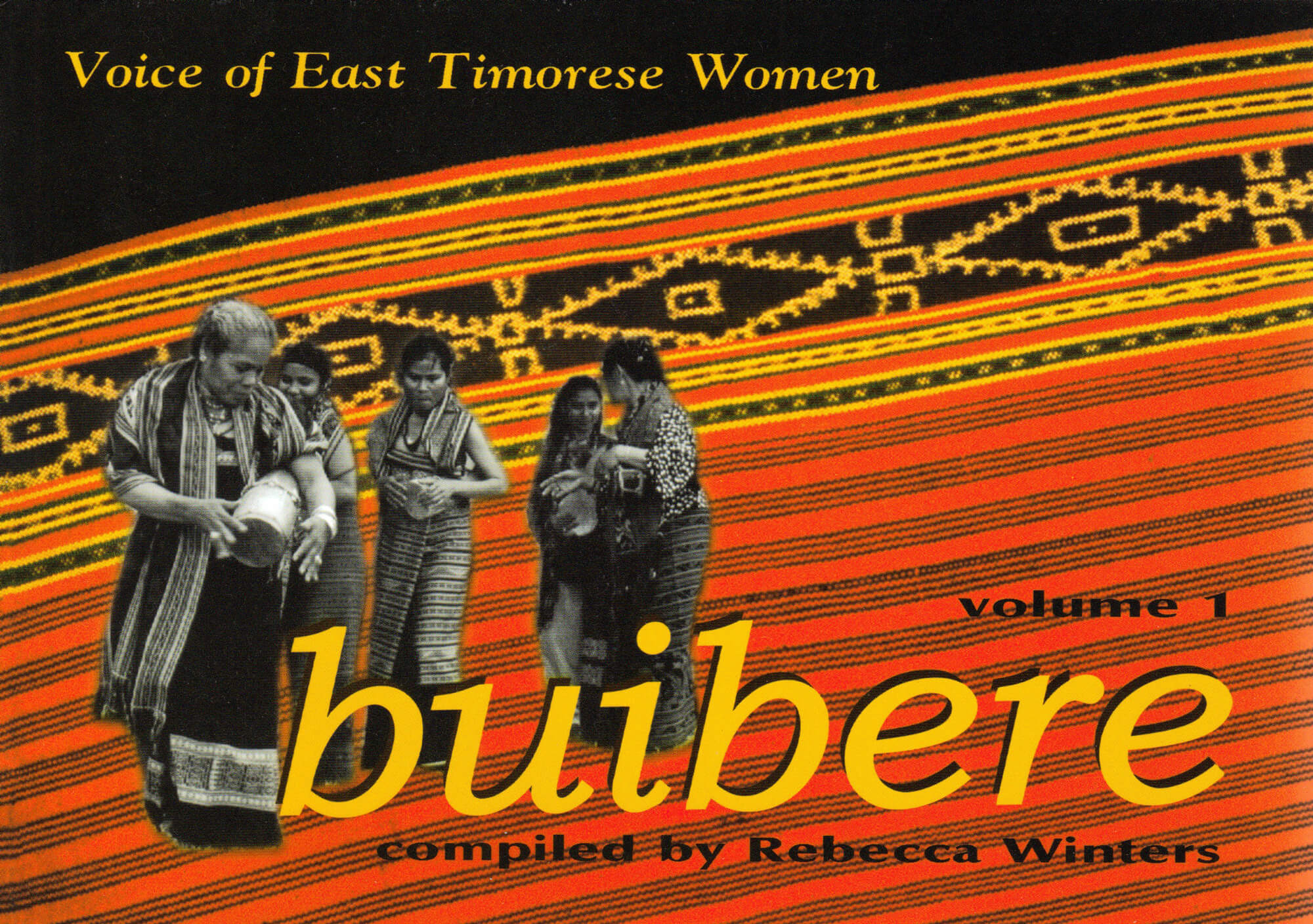Blog
Editing oral history publications

The first stage of editing oral history transcripts is described at: Editing oral history transcripts. After that initial editing stage has been completed, oral histories intended for publication need further editing as well as proofreading and graphic design, which is what this article is about.
Editing an oral history publication
When producing a self-published book, the project manager overseeing the whole project is often also the compiler and chief editor of the publication. Below, I’ve referred to the different tasks the ‘editor’ needs to do when preparing oral histories for publication, on the understanding that the ‘editor’ in this case also means the person project-managing the self-publishing process.
Note: if you are involved in editing a publication of Indigenous oral histories, there are a number of issues to think about. Go to: Who owns story?
When editing an oral history transcript, or collection of transcripts, intended to be published as a book:
- If possible, the editor should ensure the author of the oral history has given written permission to publish their story in the intended publication. The publisher, or self-publisher, may not publish the author’s oral history in a publication other than that to which the author has agreed.
- Regardless of whether the author of the oral history has verified the information in their transcript, the editor needs to cross-check and/or fact-check information to try to ensure all information is correct prior to publication to avoid disinformation and, potentially, legal issues (e.g. defamation)
- After the editor has made the editing changes required, they should (if possible) consult with the author of the oral history to make sure they are satisfied with the changes.
Footnotes/endnotes
Sometimes there are inconsistencies in oral histories, or words that don’t make sense to most readers but which the author (and/or editor) want to keep in the publication. At those times, it’s often a good idea to insert footnotes or end notes to:
- identify (and, if possible, explain) any inconsistencies (e.g. inconsistencies within an oral history, or inconsistent information across two or more oral histories in the publication, or inconsistency between the oral history and information from other sources)
- explain or clarify the meaning of any ambiguous comments, give background knowledge in relation to a statement to put it into context or make it easier to understand; or show the English translation of a non-English word.
Legal issues
After completing the editing, prior to graphic design or proofreading:
- if the manuscript contains any potentially libelous material, it should be sent to a suitably qualified lawyer to be ‘legalled’ to gauge the legal risk of publishing it
- the lawyer will provide a report to the editor (or publications coordinator) who then takes that advice into account before deciding whether to proceed to the next stage, or whether further editing is necessary.
Note: if editing a publication of Indigenous oral histories, go to: Who owns story?
Editing a book of oral histories
If the publication is not just one oral history but a compilation of oral histories, the editor/publications coordinator should also (in addition to the above):
- have a good understanding of the purpose and intended audience of the publication and structurally edit the oral histories to meet that target audience, excluding certain passages or even whole oral histories from the publication if necessary to produce the best publication
- arrange the oral histories in the order in which they best present the overall story being ‘told’ by that compilation to the target audience; e.g. if there are very long stories and very short stories, or harsh stories as well as funny or light-hearted ones, mix them up in the best way possible for the reader. Sometimes this means having them lead in to the subject matter of the next story; sometimes it means making sure a heavy story is followed by a light one. Make sure the first and last stories are among the best
- if practical, give authors the opportunity to be involved in choosing photographs and images for inclusion in the publication and ask them to give their ideas or feedback about the cover design. This encourages continuing ‘ownership’ of the publication of their stories
- send the final edited draft of the manuscript to a proofreader (if being published in Word) or, more usually, to the graphic designer
Note: whilst authors’ input helps decide on the images and design for the publication, there is usually just one person (e.g. publications coordinator) who is the final decision-maker in regard to the placement of photographs and other images, graphic design and final proofreading processes.
After compiling and editing the oral histories
Go to: The steps of producing a self-published book.
Helpful links
Sally-Anne Watson Kane has recorded, scribed, edited and compiled a number of publications of oral histories and life stories, and has been producing self-published books since 1996. She established On Time Typing scribing and editing services in 2002 and continues to provide audio transcription, scribing and editing services across Australia.
Back To Blog

